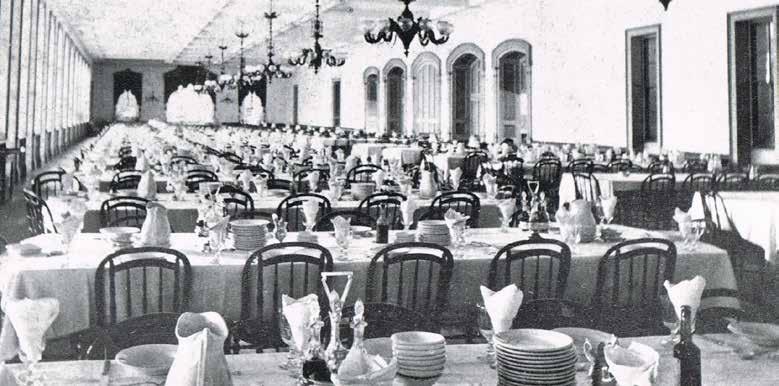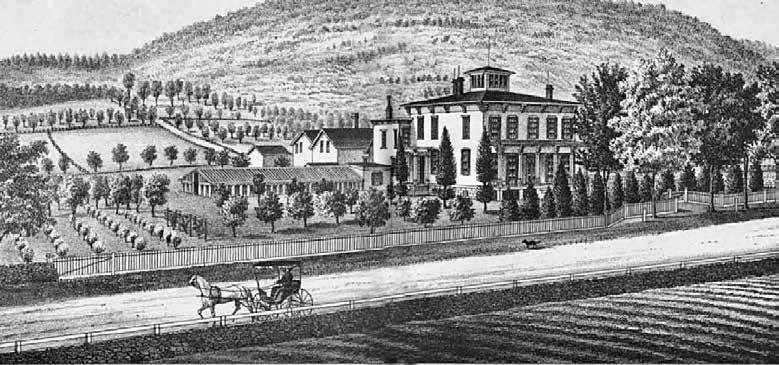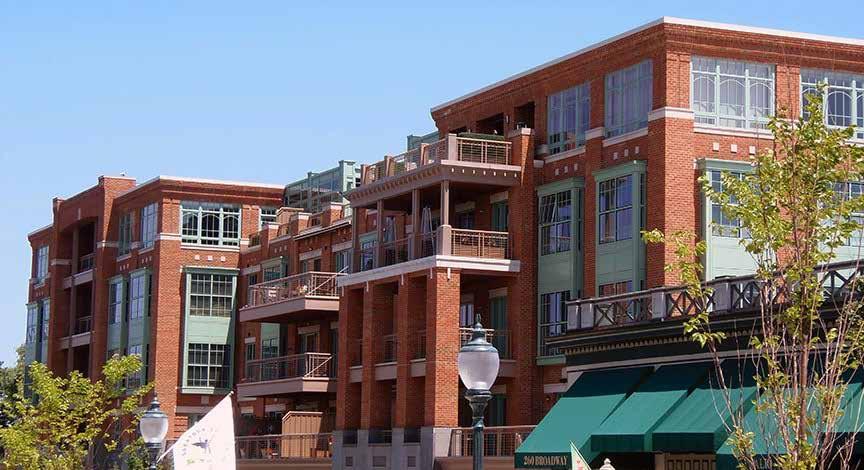
4 minute read
Charlie Kuenzel
HISTORYOur
WRITTEN BY CHARLIE KUENZEL PHOTOS PROVIDED BY THE GEORGE BOLSTER COLLECTION
Rarely Seen Photos of Saratoga Springs
The Rail The 2020 summer season at Saratoga Race Course was very different due to the COVID-19 protocols with just a few select people allowed to attend. This picture of a different time reminds us of the excitement “at the rail” means and what will be allowed to return in the future …with or without straw hats.
THE STAMP ACT OF SARATOGA
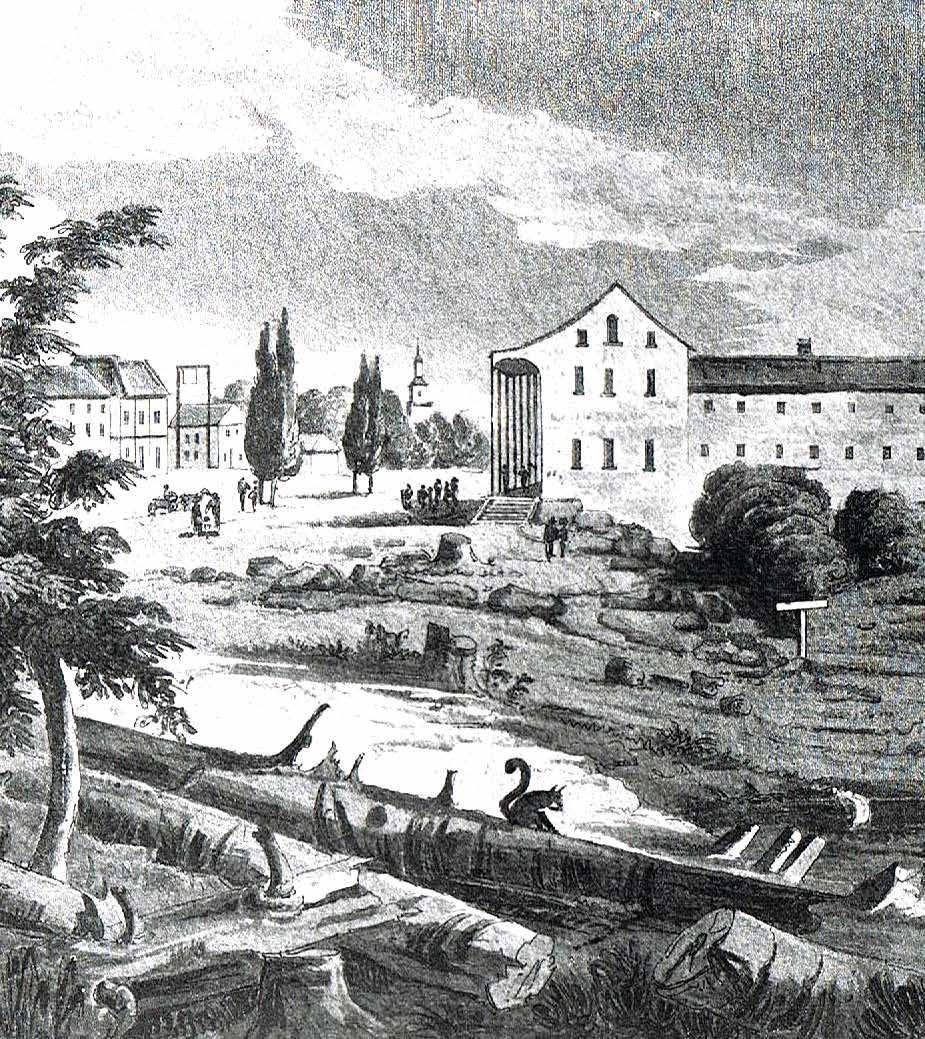
OF SARATOGA
WRITTEN BY CHARLIE KUENZEL PHOTOS PROVIDED BY THE GEORGE BOLSTER COLLECTION
Growing up in this great city I was told many wonderful stories of the “old days.” I’m sure many of those stories were exaggerated or embellished over the years as they were re-told to different generations. Here is one that has been brought back to the truth.
ALWAYS FREE
Gideon and Doanda Putnam were very instrumental in the early development of the city. They initially rented land and eventually bought it to construct a few buildings with the most important one being the first hotel, Putnam’s Tavern and Boarding House. Located on the north-west corner of Broadway and Congress Street, Putnam’s opened for business in the summer of 1802. Gideon realized the success of his hotel was rooted in the belief that people would visit the mineral springs found in the village for health reasons. Since the mineral springs were so important to his economic success, he proposed a few fundamental rules. In June of 1811 he published a list of three rules for residents and visitors alike. The rules on the list intended to protect the safety of the waters, so they prohibited the practice of allowing animals to contaminate the springs or the introduction of other wastes. The most important rule was that the waters would always be free at the spring. It allowed the waters to be bottled so that they could be shipped for profit, but at the spring the water would always be free. Gideon felt you should not pay for your health at the spring. Gideon felt so strongly about this that he wanted to place the springs in the middle of the streets near their source, so no one owned them. When Gideon died in 1812 the springs slowly moved back to private land, but the water was NEVER charged for at the spring, except in one location.
PAVILION SPRING
Daniel McLaren was a businessman and land owner who eventually bought a piece of property that today is the site of the Pavilion Hotel on Lake Avenue. In 1840 he worked hard to get a mineral spring called the Pavilion on the site to flow freely. The spring was in a very swampy area and required great effort and cost. Upon completion of the work, a bill of $4,000 for construction was given to McLaren and was so high that he felt he should have a daily charge of $.50 per person/one dollar for a family, to consume the water at the Pavilion Spring. These daily charges would help pay for this costly project. Saratogians were outraged and began to protest the violation of Gideon’s Rule. The crowds cried out that this tax on water was the “Stamp Act” of Saratoga. After a few days of demonstrations, the wooden cover and bottling house of the Pavilion Spring mysteriously burned to the ground one night. McLaren dropped his daily water charge. That event served as a reminder to others that Gideon’s rule should never be violated, and that request is honored, still today.
Rarely Seen Photos of OLD SARATOGA Springs
WRITTEN BY CHARLIE KUENZEL, IMAGES FROM THE GEORGE S. BOLSTER COLLECTION
Walworth Mansion 1954 The Walworth Mansion was located on the westside of Broadway directly across from the present-day City Center and the location of a Stewart’s Store today. The building was torn down shortly after this image was taken. This mansion underwent many renovations in its life span. It started as a smaller white home built in 1815 by Henry Walton and purchased by Judge Rueben Hyde Walworth, last Chancellor of the State of New York in 1823.

Congress Spring/ Grand Central Hotel This is an interesting image in the collection that lacks an exact date the image was taken. It’s easy to give a range since the Grand Central Hotel can be seen in the rear and that was built in 1872 and burned in October of 1874.
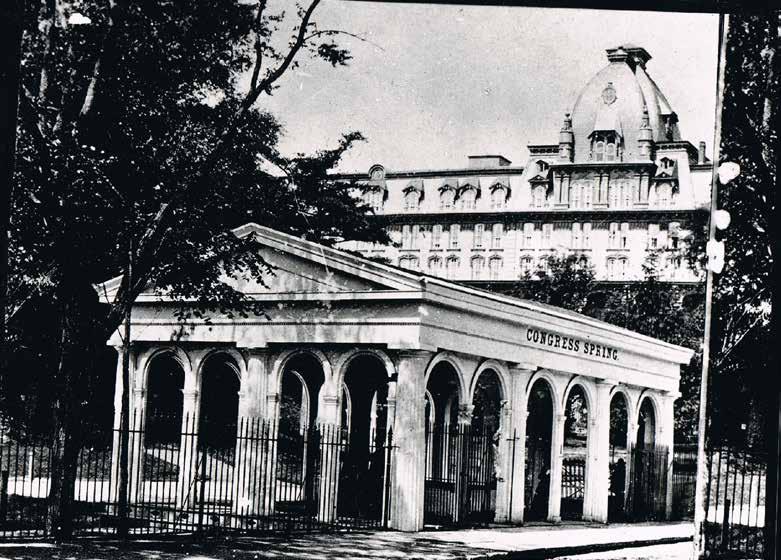
Congress Hall Dining Room Congress Hall was one of the four largest hotels that was part of the village in the 1800s. The Congress Hotel stretched down Broadway from the corner of Spring Street to the entrance to Congress Park. Society demanded the best of food, drink and entertainment in these hotels and as we can see in this image the dining room was quite elegant.
